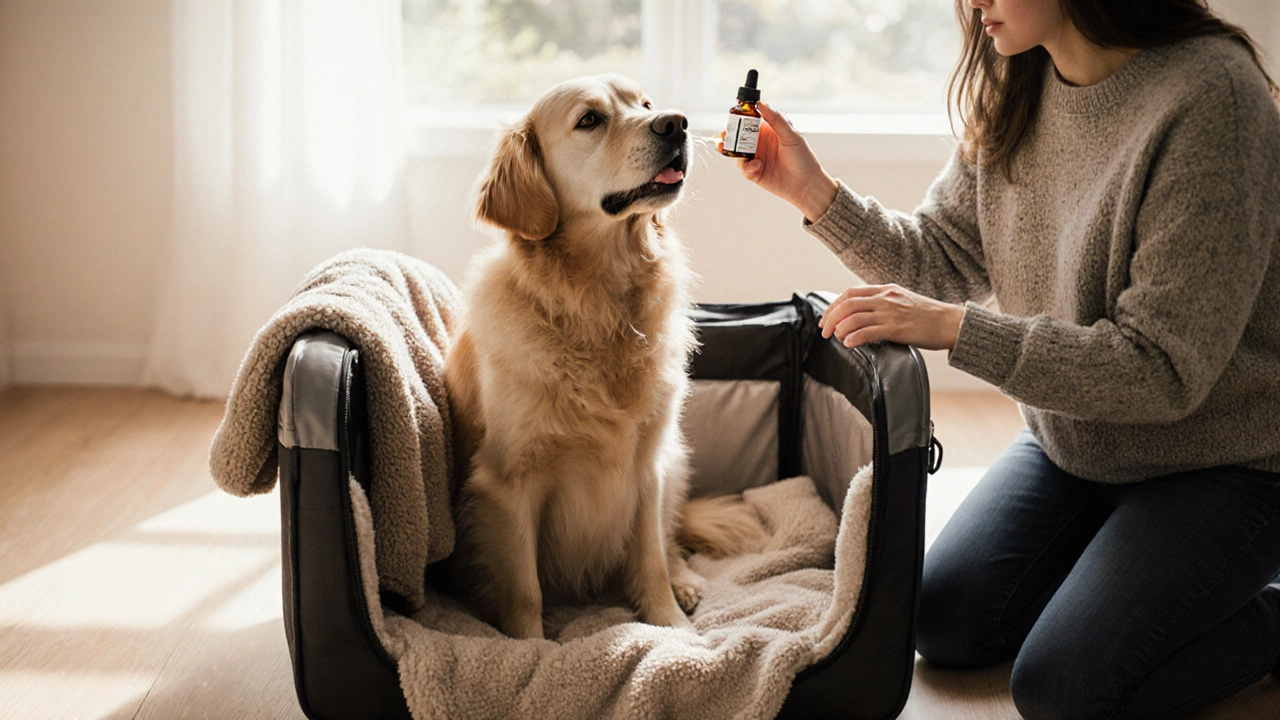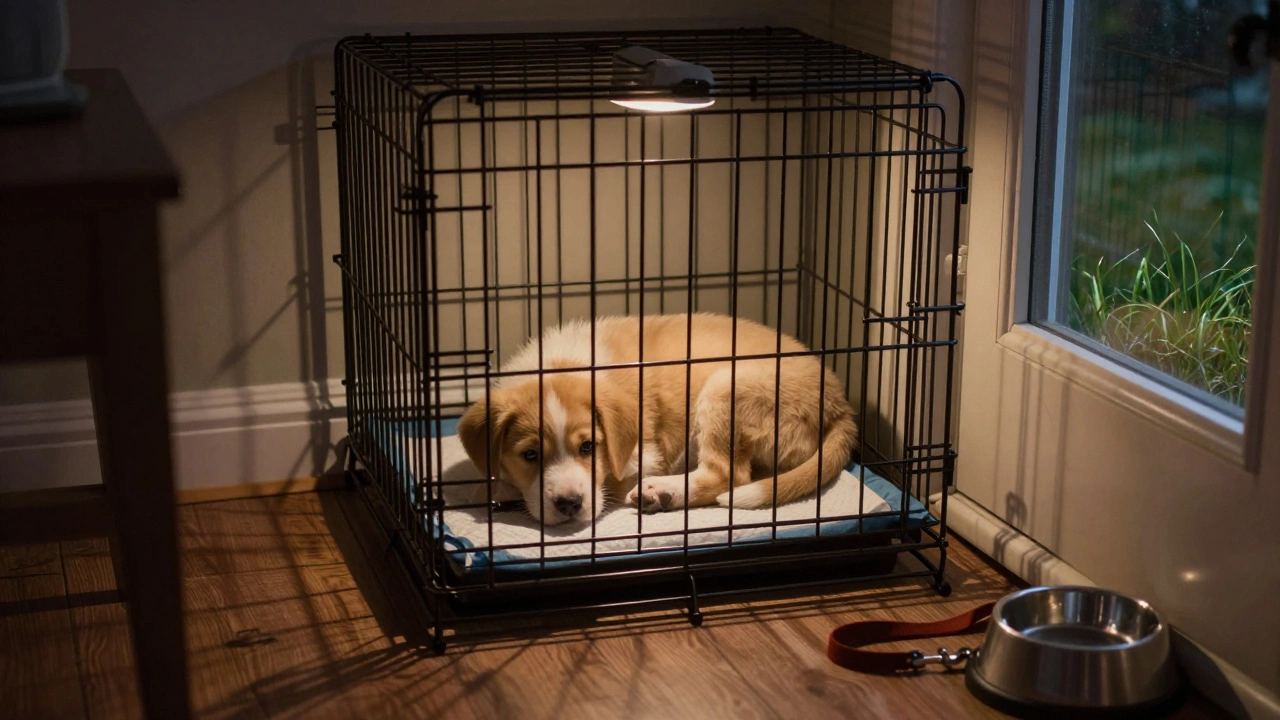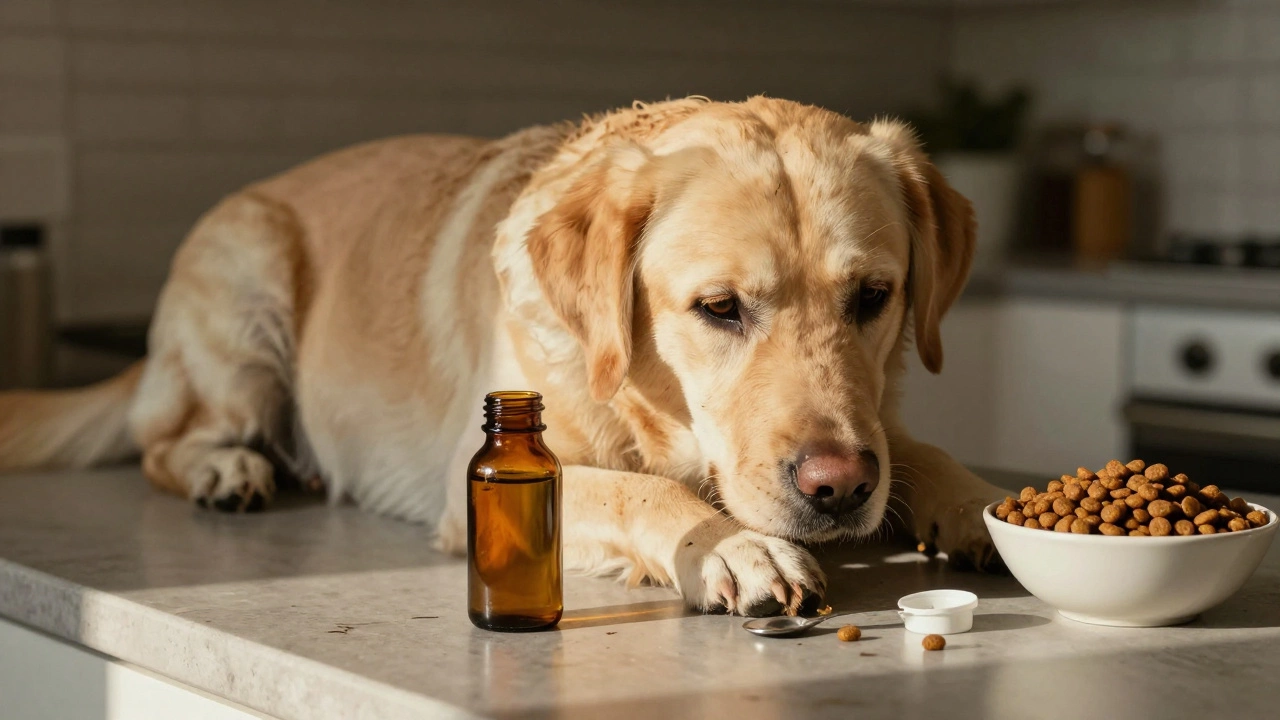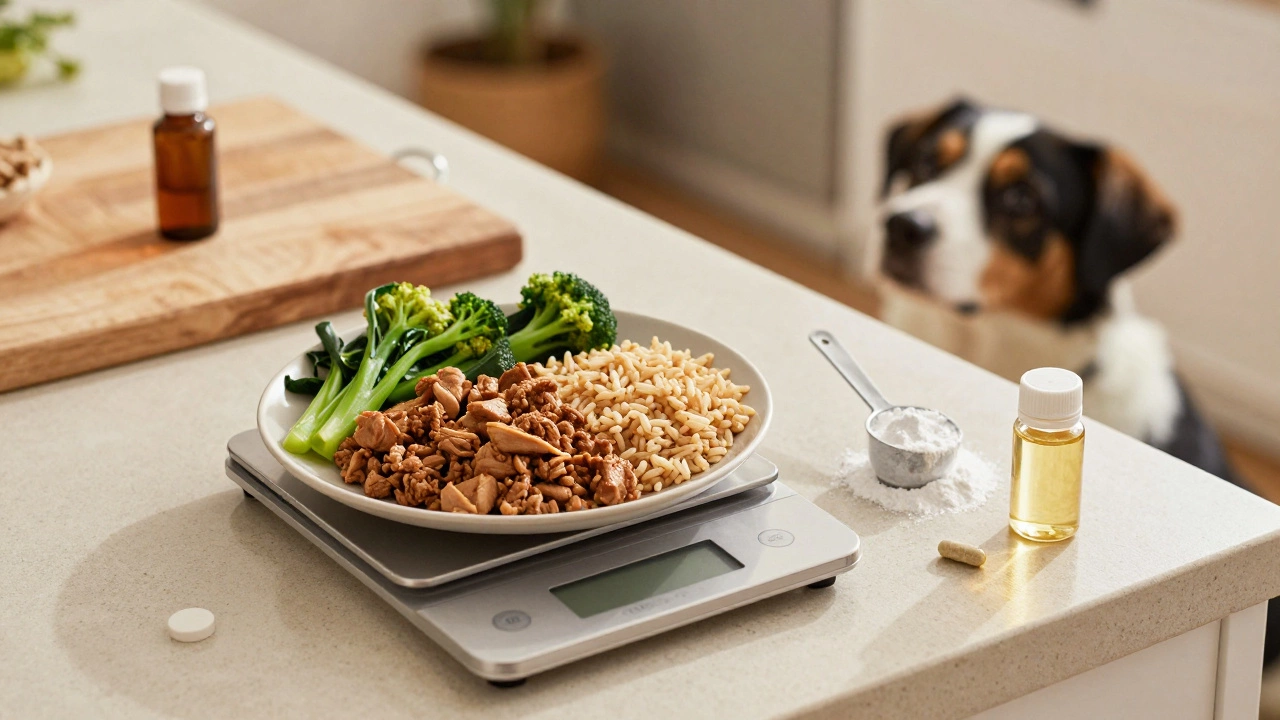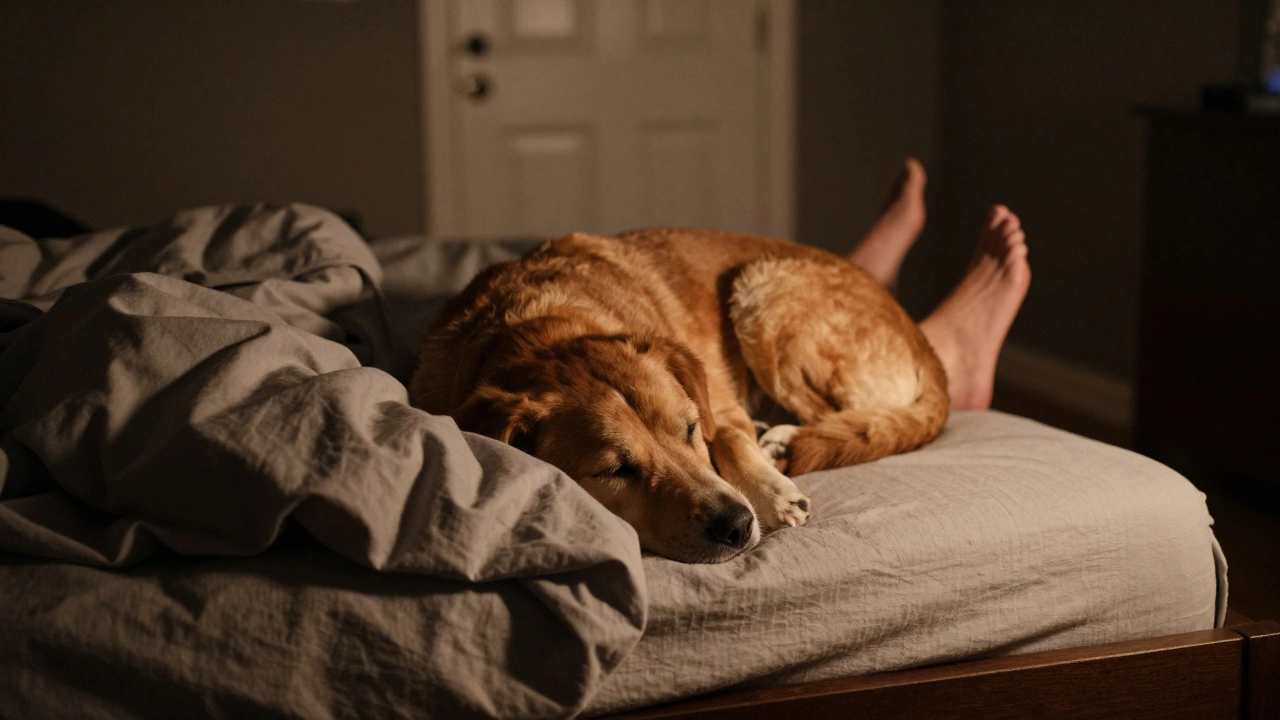Pet Travel Anxiety: Keep Your Furry Friend Calm on the Road
When dealing with pet travel anxiety, the nervous feelings pets experience during trips by car, plane, or train. Also known as travel stress in animals, it can lead to restlessness, barking, or even health issues.
One major source of this anxiety is dog air travel, flying a dog in the cabin, hold, or cargo. The unfamiliar noises, pressurization, and confinement can trigger panic. Understanding the link between pet travel anxiety and air travel helps you plan better.
Key Factors That Fuel Travel Stress
First, the pet carrier size, dimensions that meet airline and TSA requirements matters. A carrier that's too small makes the dog feel trapped, while one that's too large may shift during turbulence, adding to fear. Measuring your pet correctly and choosing the right crate reduces the sense of claustrophobia.
Second, flight stress, the physiological and behavioral response of pets during flight is real. Elevated heart rate, panting, and whining are signs. Reading these cues early lets you intervene with calming techniques before the situation worsens.
Third, airline policies directly influence anxiety levels. Restrictions on pet entry, mandatory health certificates, and limited cabin space can make owners feel uncertain, which pets sense. Knowing the exact rules for each carrier and airline removes a big unknown.
Finally, the travel environment before the flight counts. A noisy car ride to the airport, a rushed check‑in, or skipping a bathroom break can all heighten stress. Building a calm pre‑travel routine—short walks, a quiet waiting area, and a familiar blanket—creates a positive baseline.
Practical steps to calm your pet include: using a pheromone spray inside the carrier, offering a favorite chew toy, and keeping hydration levels up. Some owners find a light jacket or a piece of their clothing soothing because it carries the owner’s scent.
When the flight starts, try to board early so you have extra time to settle the pet. Keep the carrier upright, talk in a low voice, and avoid sudden movements. If your dog is allowed in the cabin, place the carrier under the seat in front of you, not on your lap, to keep it stable.
For longer trips, consider a short‑term anti‑anxiety medication prescribed by a vet. It’s not a cure‑all, but coupled with a calm environment it can reduce extreme panic. Always test any medication at home before the journey.
In short, addressing pet travel anxiety means looking at carrier fit, airline rules, pre‑flight routines, and in‑flight soothing methods. By tackling each piece, you give your dog a better chance to stay relaxed.
Below you’ll find a curated collection of articles that dive deeper into each of these topics—costs of flying dogs, TSA‑approved carrier sizes, tips for handling flight stress, and much more. Use them as a roadmap to make your next trip smoother for both you and your pet.
Best Calming Aids to Keep Your Dog Relaxed During Flights
Learn safe, vet‑approved calming aids and practical steps to keep your dog relaxed while flying, with dosage tips, prep checklist, and FAQs.

